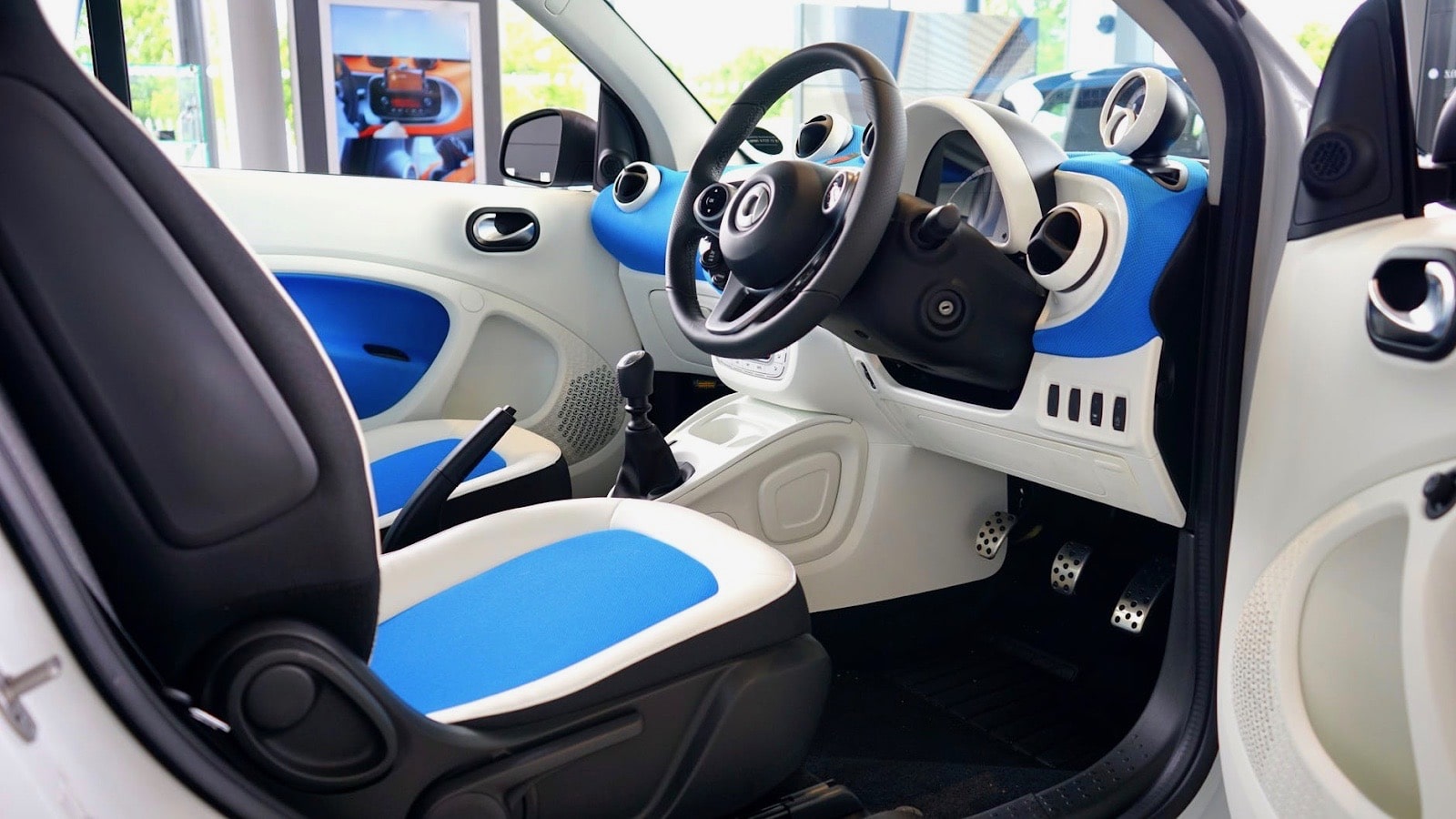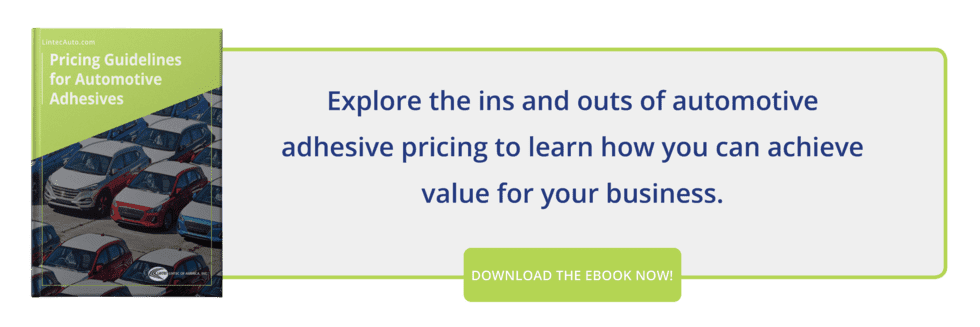Anti-Vibration Tapes for Plastic Automobile Parts

Lightweighting pressure continues to drive up the percentage of plastics and other lightweight materials in new automobile parts.
This has led to a parallel rise of glues, epoxies, and especially industrial tapes as adhesives for plastics. Non-mechanical adhesives are now standard because they effectively bond plastic to plastic with less weight or cost than metal hardware, at faster speeds in your production cycle than mechanical fasteners or welding.
Tapes also dont need the curing periods that slow down liquid adhesives. New automotive tapes can even be strong enough to safely secure body panels. Less weight and more speed mean better fuel economy for the consumer and improved production margins for the manufacturer.
The Vibration Problem
Unfortunately, vibration can be a problematic source of wear and stress for any type of adhesives and fasteners in automotive applications.
Buzzing, rattling, squeaking, and grinding can happen when screws and rivets come loose, parts wear down through friction and leave gaps, or heat expansion and contraction misshapes parts into uneven fits. Undesirable rattle can even occur when components are still secure if they are joined on irregular surfaces, or use snap fits and tabs that arent tightly molded.
Parts loosened through vibration can separate, compromise other parts, and reduce safety. Understanding the impact of vibrationand how to mitigate this impactis a critical piece of choosing the right adhesive for your design.
Anti-Vibration Tapes
Films and tapes can be found everywhere in cars these days as protective layers, bonding agents, and paint alternatives. While plenty of double-sided, pressure-sensitive tapes are used in bonding plastic to plastic, many automotive manufacturers have begun to take advantage of a special kind of vibration damping tape that absorbs sharp shocks and eliminates buzzes.
Anti-vibration tapes can use high-tech polymers, acrylic foams, or rubbers as a backing (or core in double-sided tapes) to soak up the energy of vibrations and cushion plastic parts from rattling contact. They have a versatile range of uses for plastic car parts:
- Dampen noise from vibrations for a quiet ride
- Absorb shocks that could otherwise jar loose or damage plastic materials
- Reduce wear caused to plastics by friction and buzzing
- Strengthen bonds with the reliable, long-lasting grip of modern adhesives
- Fill gaps in uneven or mismatched plastic surfaces with a shape-conforming adhesive cushion
Depending on where and how you use it, your anti-vibration tape may do some or all of these things for your design. Vibration-damping tape is fast becoming a go-to solution to all of these common problems in automotive plastics.
Optimize Your Assembly
Beyond the mechanical benefits, anti-vibration tapes also have the same production efficiencies enjoyed by all automotive tapes:
- Die cut your anti-vibration tapes into the shape or size that meets your needs
- Decrease the cost of materials and labor during assembly
- Accelerate production with fast-bonding tapes that dont need to cure
- Slash weight that can add up with heavier mechanical fasteners
These versatile adhesives are worthwhile for their gains in speed, cost, and weight alone. Combined with their multitasking vibration solutions, anti-vibration tapes are positioned to continue their growth in the automotive industry as a wonder-adhesive for plastic auto parts.

